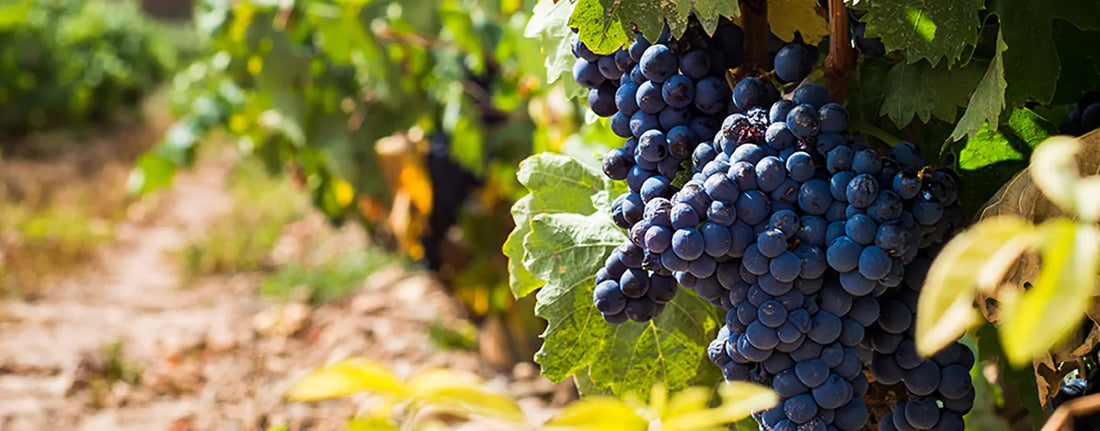Tempranillo


According to research, it comes from a spontaneous cross between Albillo Mayor (white grape variety) and Benedicto (red grape variety). A second-period grape variety (i.e. it ripens 2 weeks after Chasselas in Switzerland), Tempranillo is considered early in Spain, hence its name which comes from the Spanish expression “temprano” which means “early”. In fact, it matures on average 2 weeks before other southern grape varieties such as “Garnacha”.
Tempranillo is very fruitful and produces large, loose clusters. With thick-skinned berries, it produces wines rich in alcohol, not very colourful, fruity with predominantly red fruit notes with supple and very fine tannins.
Vinified in stainless steel or concrete vats, it produces simple and fruity wines which bear the name “Joven”. But it also allows, after aging in barrels, to produce concentrated, structured wines, with aging potential which seduce with their aromatic complexity.
Tempranillo is known by different names, depending on the region. Among others, it is called Aragones , Tinto del pais or tinto fino in Ribera del Duero ; Tinto Roriz in the Douro in Portugal; Tinto de la Rioja , Ull de Llebre or Ojo de Liebre in Catalonia; Cencibel in La Mancha.
It thrives especially on clay-sandy or clay-limestone hillsides. Although it is also cultivated in Portugal or in numerous vineyards around the world, Spain remains, without a doubt, its kingdom. Thanks to its early maturation linked to its relatively short growing cycle, Tempranillo is perfectly suited to high altitude vineyards. Particularly in Rioja and Ribera del Duero where it produces remarkable wines, of extreme finesse in blends with other local grape varieties such as Garnacha (Grenache in France), Mazuelo or Graciano or with international grape varieties such as Cabernet Sauvignon . Without blending, it can also produce great wines as proven by “Pingus”, the cult wine of Ribera del Duero.